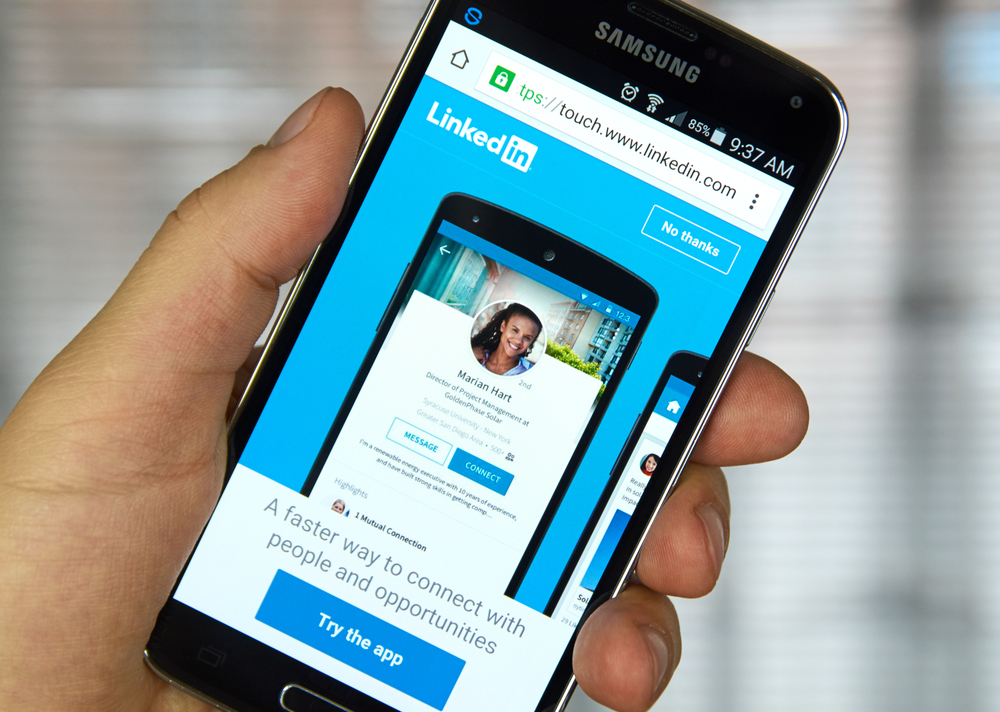 You’ve started setting up your LinkedIn profile. Or, maybe you’ve had it for a while and you’re looking to update it.
You’ve started setting up your LinkedIn profile. Or, maybe you’ve had it for a while and you’re looking to update it.
Since LinkedIn can be a powerful marketing tool, especially for B2B marketers, it’s worth putting some effort into your profile.
Maybe you’ve heard about the importance of placing relevant keywords in your profile. It’s a good idea to optimize for search. But that may leave you wondering how much detail you should provide.
The answer is… There is no definitive answer. It depends entirely on what you’re hoping to achieve.
But here are a few factors worth thinking about.
Consider What Your Goals Are
If you already have a business, you’re probably not looking to get hired. Certainly, you may want to set up your profile in such a way that relevant connections can find you. But you don’t need to be thinking about what keywords recruiters are using to find candidates. Rather, you would need to be thinking about the terms your prospects would be searching for.
This isn’t to suggest you would provide more detail if you were looking for a job, and less detail if you were looking for potential customers. But depending on what you want to accomplish, you might take a different approach.
Even a great profile is no substitute for proper networking and building real and lasting relationships. So, keep that in mind as you flesh out your LinkedIn profile.
Keep It Engaging
Another important thing to keep in mind is engagement.
A profile full of spelling and grammatical errors, run-on sentences, ellipses, boring and irrelevant facts, and other self-indulgent details is sure to turn people off. A wall of text can also intimidate people viewing your profile.
So, here’s a good question to ask yourself:
How detailed can I be without boring the reader?
If the content is engaging, keep going. If it’s starting to get long-winded and unfocused, edit it until it’s more concise.
Although you can be as detailed as you want to be, if your profile turns people away, it’s not going to do you much good. So, create as much detail as possible without making the reader yawn.
Maintain & Update Your Work History
No matter what your position, maintaining and updating your work history should be a priority.
Why?
Because people viewing your profile want to know whether you’re still active in what you do. If it looks like your profile hasn’t been updated since the early 2000s, are they to assume you haven’t been doing anything since then?
This could impact your overall trustworthiness. If you’re trying to find prospects on LinkedIn, you want to make a good impression with them. So, if your profile is working against you, you’re only going to make it harder on yourself.
A LinkedIn profile is primarily an online resume. And, while not everyone is going to comb over your work history with great interest, it’s still a good idea to keep it up-to-date. That way, you’ll build more credibility with the people viewing your profile.
Final Thoughts
Ultimately, it’s up to you. You can make your LinkedIn profile as detailed or as concise as you wish.
You may want to think about your target audience as well as industry norms as you go to work on it. These conventions may help you narrow in on exactly how much information to provide.
Also, fortunately, if you aren’t happy with how your profile turns out, you can always go back in and edit it until it feels just right.
How much detail did you add to your LinkedIn profile? What was the thinking behind your chosen strategy?
Let us know in the comments below.
